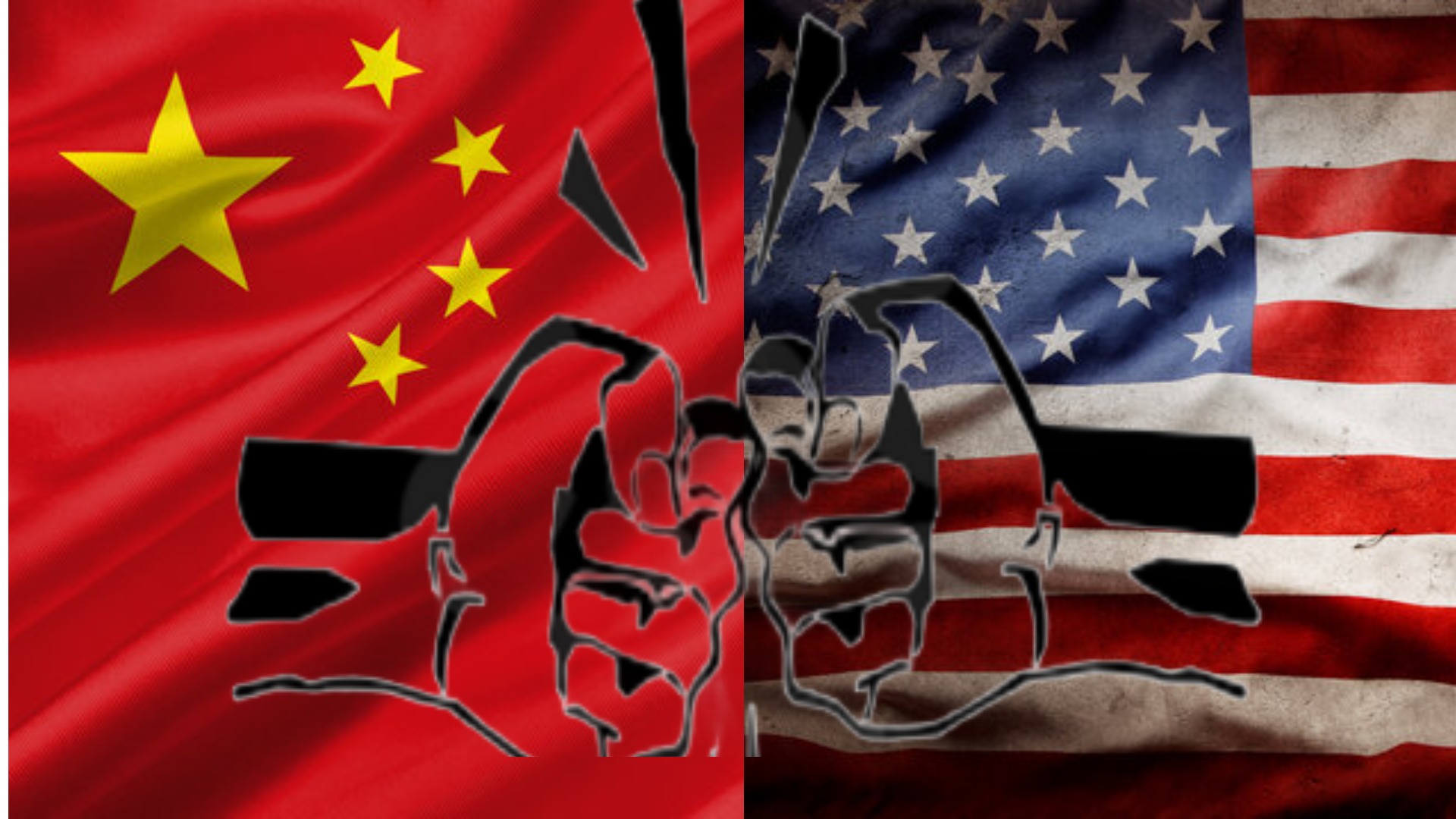
Titan’ was a powerful god of Greek mythology. The ship was named ‘Titanic’ after him. It is actually the short name of the ship. Its full name was ‘RMS Titanic’. ‘RMS’ stands for ‘Royal Mail Steamer’. That is, the name of the whole ship was ‘Royal Mail Steamer Titanic’.
The RMS Titanic, known as “Titanic”, on 15 April 1912 became one of the worst maritime disasters in history. The disaster of the Titanic is not just a technical failure, but a profound picture of human misfortune, social change and cultural reflection. This report will extensively discuss the construction of the Titanic, technical analysis, detailed causes of the accident, and cultural impact.
**1. History and construction of the Titanic**
Construction Information
The construction of the Titanic was started in 1907. After five years of continuous work, the ship was completed in 1912. England’s ‘White Star Line’ built this ship. The ship with a weight of 60 thousand tons and a length of 275 meters cost 7.5 million dollars at that time to build.
start the journey
On April 10, 1912, Titanic left Southampton for New York. At that time, the Titanic had a total of 2,200 passengers and several hundred crew members. In the beginning, SSCT of New York managed to avoid collision with the ship by only four feet. Picked up 274 passengers from Cherbourg, 77 nautical miles ahead. On April 11 at 11:30 p.m., 113 third-class and seven second-class passengers boarded the ship from Cork harbor in Ireland. Crossing the Atlantic Ocean from Britain to America was very dangerous. For small ships it is said to sail with life at stake. Because there was always the danger of a sudden sea storm falling into the tide. Yet so many passengers boarded the Titanic to enjoy this thrilling voyage of the sea. Titanic’s first class fare was $3100. And third class fare was 32 dollars.
**1.1 Construction Background**
In the first decade of the 20th century, people’s interest in seafaring began to increase, especially in luxury and high-speed ships. White Star Line, a British shipping company, plans three large ships as their new project. The largest and most luxurious of these was the RMS Titanic. The vessel was designed to set a new benchmark for modern-day luxury and technology.
**1.2 Design and Technology**
The design of Titanic was very advanced and modern. It was 883 feet (269 m) long and 90 feet (27 m) wide. The total gross tonnage of the ship was 46,327 tons. It was built with three decks and a sophisticated boiler system. The ship’s interior featured a variety of luxurious amenities, such as a grand staircase, library, and swimming pool.
**1.3 Luxury Amenities**
Titanic had luxurious cabins for first class passengers, which were decorated with royal decorations. Particularly notable among these was the grand staircase, built of dark woodwork. Second class passengers also had better facilities, such as spacious cabins and better food arrangements. Cabins for third class passengers were less luxurious, but offered better service.
The incident occurred at noon on the day of the accident
At around 2pm on 14th April, a ship named ‘America’ radioed the Titanic that there was a large iceberg on their way. Not only that, later this same warning was sent to Titanic from another ship named ‘Mesaba’. Jack Phillips and Harold Breeze were in charge of Titanic’s radio communications at that time. Both times the warning seemed unnecessary to both of them. So they did not send this warning to Titanic’s main control center. Just 40 minutes before Titanic’s crash, the Californian ship’s radio operator contacted Titanic to tell her about the iceberg, but Titanic’s radio operator, a tired Jack Phillips, angrily said “I’m busy with the Cape Race and cut the line.” As a result, the Californian ship’s radio operator turned off his wireless and went to sleep. It is said that the Titanic sank because of their negligence.
**2. Causes and Detailed Analysis of Accidents**
**2.1 Glacial Collision**
The main cause of the Titanic’s accident was a collision with a large iceberg. On the night of 12 April 1912, when the Titanic was crossing a known glacial area in the North Atlantic, it struck a large iceberg. The glacier was about 100 feet high and several hundred feet long. As a result, the first five bolts (watertight compartments) of the ship were damaged and water began to flow.
**2.2 Defects in Security Systems**
Titanic had some serious flaws in its safety systems. The number of lifeboats was insufficient, and the number of lifeboats was small. In addition, the ship’s safety signal system was not fully functional, which complicated the process of rescue work. The process of evacuating passengers by lifeboat was inefficient and unorganized.
**2.3 Technical and Design Defects**
Titanic had some important design flaws. The ship’s steel quality and stitching methods were not sufficient to withstand the impact of the glacier. Besides, the safety system of the front part of the ship was incomplete, which worsened the consequences of the accident. Some important technical aspects such as the bolt system, emergency signaling system, and the design of the compass were flawed.
**3. Consequences of an accident**
accident
As the Titanic neared the crash site, the ship’s captain received signals of icebergs ahead. Icebergs are huge chunks of ice floating on the ocean floor. The most frightening thing about them is that only one-eighth of them are above water. Meaning, most of it is not visible. Then he turned the ship’s course slightly to the south. At that time the Titanic’s path watchers saw the iceberg directly in front of the Titanic but it was too late. Titanic’s first officer Murdoch ordered an abrupt left turn and told the ship to steer completely upside down or stop. Titanic could not be saved. Its right side continued to rub heavily against the iceberg. As a result, the Titanic was split about 90 meters wide. The place where the Titanic sank is called the Great Banks of Newfoundland. Titanic could float with a maximum of 4 compartments full of water. But 6 compartments were filled with water. Besides, there were 12 gates for water resistance. In a cruel irony of fate, the ship collided in such a way that the water resistance of all the gates was broken. Titanic slowly sinks under the weight of water.
**3.1 Loss of Life and Rescue**
About 1500 people died in the Titanic disaster and only 707 survived. The rescue operation is mainly carried out by the ship “Carpathia”, which quickly rescues the distressed from the accident site. The rescue operation lasted for seventeen hours, which was very challenging and time consuming.
**3.2 International Safety Regulations**
After the Titanic disaster, new safety regulations were introduced internationally. The ICS (International Convention for the Safety of Life at Sea) was established in 1914, which mandates lifeboats and safety equipment for all ships. In addition, new rules were introduced to improve the ship’s signaling system and life-saving procedures.
**3.3 Social and Cultural Impact**
The disaster of the Titanic caused grief and anxiety around the world. It influences literature, cinema, and cultural activities. The movie ‘Titanic’, released in 1997, gave an emotional portrayal of the event and created a new interest around the world. The film’s music, story, and characters highlight the human aspects of the accident.
**4. cultural reflection**
**4.1 Movies and Media**
The movie “Titanic” became a cultural icon around the world. Through the movie, viewers get an in-depth portrayal of the Titanic’s luxury, the tragedy of the accident, and the human characters. The film won an Academy Award and became one of the most successful films in history. It provides new context and a unique perspective on the Titanic disaster.
**4.2 Reflection in Literature**
The events of the Titanic have been portrayed in various ways in literature. Many authors and writers have written plays, novels, and poems about this event. Notable among these are the books “The Night Freight” and “The Atlantic”, which provide in-depth analysis of this tragedy. Through literature, the human and technological aspects of the Titanic are depicted anew.
**4.3 Educational Research**
There are many research and educational initiatives on the Titanic disaster. The researchers analyzed the ship’s technology, safety system failures, and the consequences of the accident. This study gives us a deeper understanding of an important chapter in history and technology. Universities and research institutes teach the Titanic story academically, which is used to teach history and technology.
**5. Recovery and Current Status**
**5.1 Recovery of sinking ship**
In 1985, the wreckage of the Titanic was discovered for the first time. An international team led by Johnson and Robert Ballard discovered the ruins. As a result of this discovery, new information was uncovered about the current condition of the Titanic, the condition of the wreckage, and the cause of the accident. This discovery is considered to be one of the most important moments in history.
**5.2 Conservation Initiatives**
Various international organizations are working to preserve and research the remains of the Titanic. “Titanic Memorial Foundation” and “Irwin Research Lab” are notable among these initiatives. They restore and preserve various parts of the ship, which will serve as an important part of education for future generations. This conservation program monitors the condition of the shipwrecks, and uses various technologies to protect them from damage.
**5.3 Exhibitions and Tourism**
There are various exhibitions and tourism initiatives on the history of the Titanic. Various museums and exhibits highlight the ship’s history, technology, and cultural significance. Exhibits include shipwrecks, copyrighted pieces, and other artifacts, providing visitors with a unique experience. Exhibitions at various locations such as “Titanic: The Exhibition” in Los Angeles and “Titanic: The Heritage” in London are particularly notable.
Submerge the whole part
Between 2:00 am and 2:20 am, the entire Titanic sank into the Atlantic Ocean. In the final moments of the sinking, the ship’s electrical connection failed. Know more: Sinking of RMS Titanic
The disaster of the RMS Titanic was not just a technical error, but a profound illustration of humanity’s limitations, bravery, and social change. This report provides a detailed review of Titanic’s history, technical analysis, causes of the accident, and cultural impact. The Titanic incident is an enduring lesson that will mark an important chapter in the nexus of history and technology. Its technological failures, development of security systems, and cultural reflection will help us better understand how to deal with human and technological challenges in the future.

 Md. Ibrahim Hossain Bishal
Md. Ibrahim Hossain Bishal 























